This is the fourth posting in a series recounting some of my experiences during a trip I made to Brazil in 1972. I was hired by the Presbyterian Church US to write and field- produce a fundraising documentary for a project the church had undertaken with a small group of Brazilian Presbyterians to rescue starving families fleeing Brazil’s drought- ravaged sertão. (See postings 4, 5&6)
The director made a creative decision: What the film needed was a shot of the river at sunrise. Ordinarily, while inconvenient, his request would not have been a problem. We would have had an early crew call, taken a short ride to the river bank in the dark, set up our equipment, and waited for the sun to emerge.
But we’re not talking about just any river here. We’re talking about the Amazon—the widest, deepest, and, after the Nile, the longest river in the world; a river that winds for more than 4000 miles through a dense and often impenetrable tropical rain forest. One doesn’t just pop in a car and drive to this river. The only way to get the shot the director wanted was for us to spend the night aboard a boat on the river. The closest spot to get access to the Amazon and to a suitable boat was Belém.
Belém (Portuguese for Bethlehem) is a hot, humid city on the equator, about sixty miles upriver from the Atlantic Ocean. It sits on the Pará River, a part of the greater Amazon River system, separated from the larger part of the Amazon delta by Ilha de Marajó, an island the size of Switzerland. The city is actually a series of small islands intersected by channels and other rivers.
The Ver-O-Peso (Translation: Check -The-weight) Market in Belém with its four towers, is one of the largest in Brazil. It was designed and built in England and assembled in Belém. The market, seen here at the end of the dock, sells fresh fruits, plants, and fish, as well as medicinal herbs and potions, alligator and crocodile body parts, and anaconda snakes.
When we reached Belém, Bill took us to the docks near the Ver-O-Peso Market. (Bill Mosely, as you will remember, is the missionary who served as our guide and translator.) There he pointed out what he described as “a suitable boat for our journey.” I wondered what his definition of “suitable” was. Granted, the vessel was still afloat. The question in my mind was: For how long? It seemed to be held together with spit and chewing gum. And Bill’s comment about how Amazon River boats frequently capsize in heavy downpours (which there was a good chance we would encounter this time of year) did little to instill my confidence in the vessel’s seaworthiness. By this time, however, I had come to recognize that there was a bit of the devil in this man of God. Nothing seemed to delight him more than teasing me.
My concern over our safety vanished as the lush, seductive world of the river unfolded around us. The scenery, unlike anything I had ever seen, even on this trip, hijacked my senses. Time disappeared. It is difficult to explain, but I felt caught in a deep silence, and yet there were sounds—the sounds of the boat motor, the sounds of the unseen birds and other creatures coming from somewhere behind the vivid, multi-shaded greens of the tropical rain forest that lined the shore. Then we began to see signs of human life: river houses jutting out over the water; children swimming by the river’s edge; weathered, tanned men and women on makeshift docks whose lined faces looked old and yet timeless. The camera man was in his glory.
The area at the river's edge where we traveled is known as the Varzea...because it floods during the rainy season. Over the years it has attracted more settlers because the flooding makes the soil richer and it offers a steady supply of fish, birds and turtles. The river people, a mixture of Indians, Europeans and former slaves, are known as Caboclos, Riberenos, Mestizos or Campesinos, depending on the area. They harvest wild rice and grow beans, pepper, coca, bananas and manioc (an edible tuber) which grow faster in the varzea--six monthes as opposed to the twleve months it takes in other areas of Brazil.
Finally, just as the sun was going down, we found a spot away from any signs of the river communities—a spot with the primeval feel the director was looking for—that would allow us to situate our camera perfectly to catch the sun as it rose over the lush rain forest foliage to bathe the river in morning light.
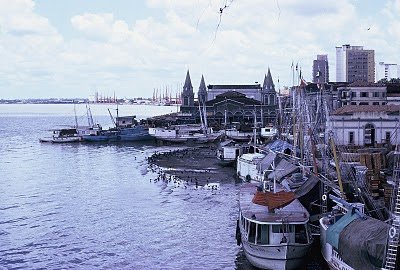
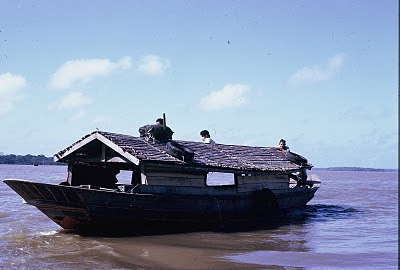
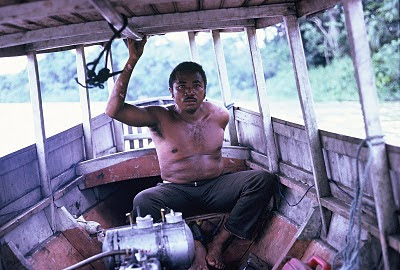
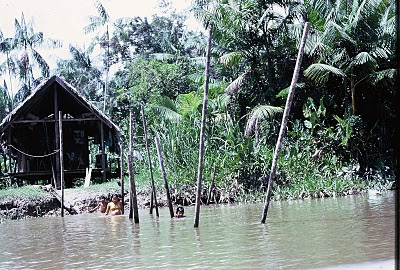
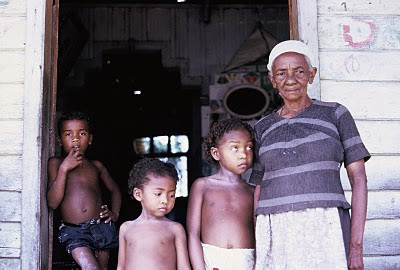
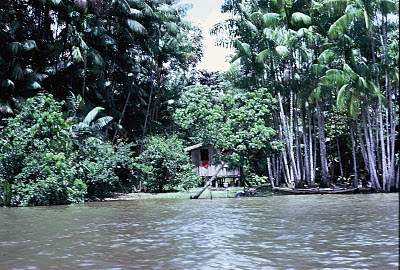
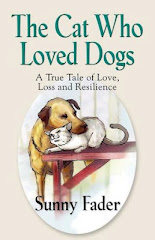
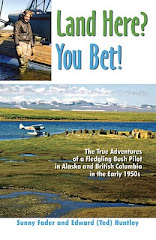

Great post Sunny! The Amazon is one of the most interesting parts of the world for me. Your discriptions were exact yet exciting. Thanks!
ReplyDelete